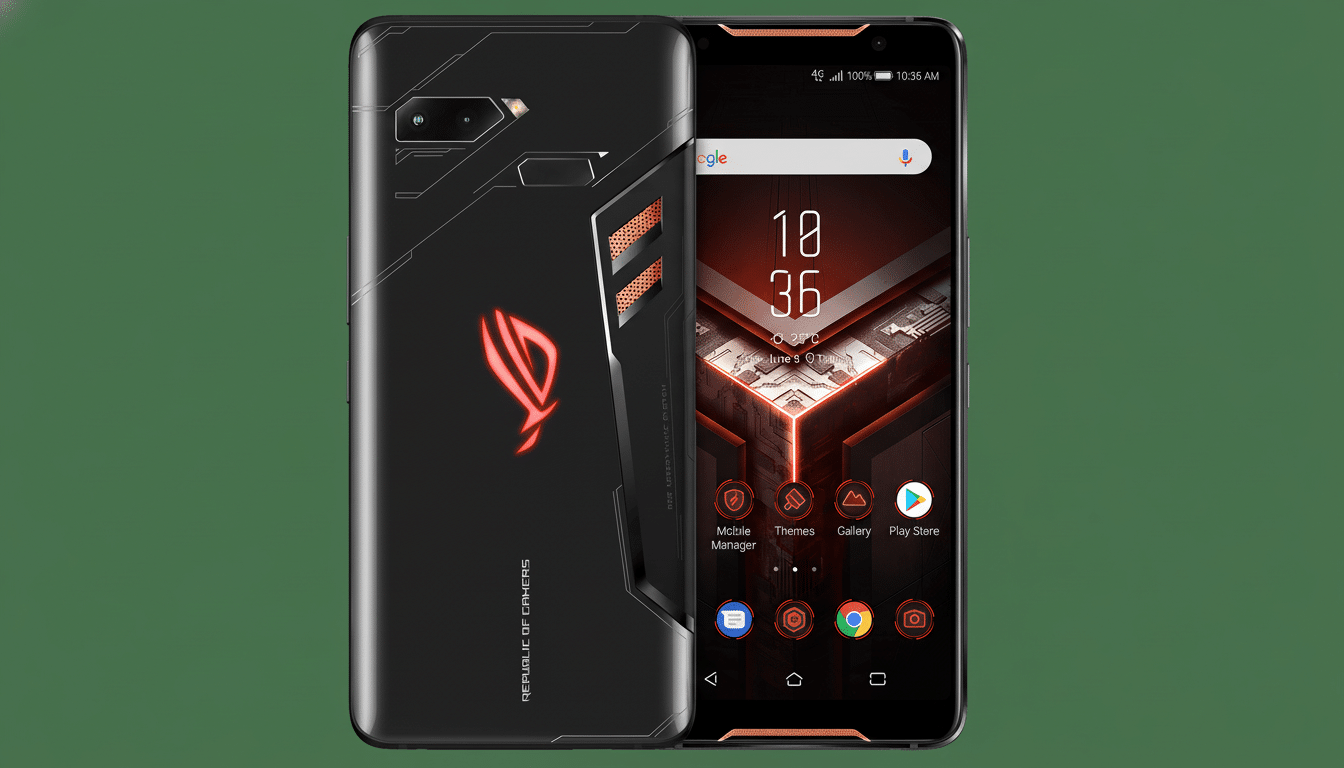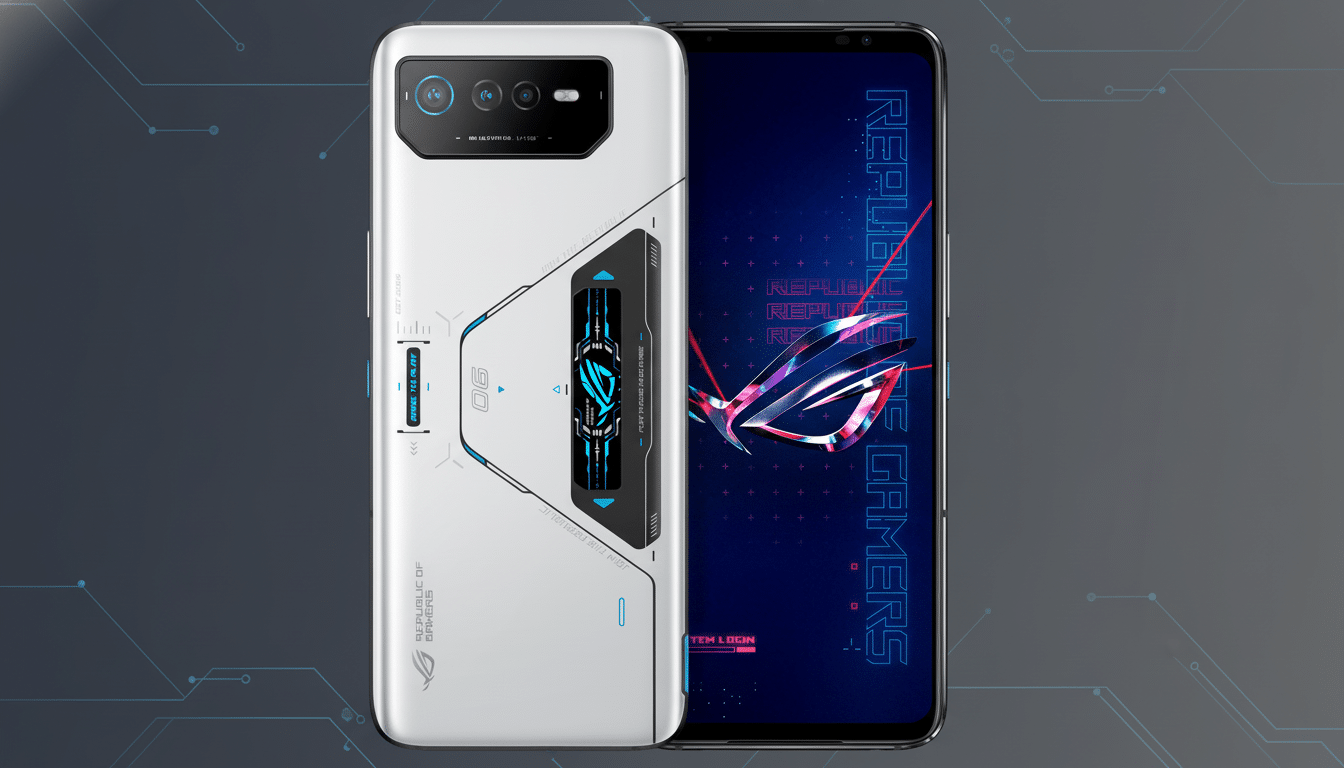Nubia’s gaming sub-brand RedMagic is once again betting big on thermals, teasing a RedMagic 11 Pro where you can actually see the water cooling, and the latest flagship silicon from Qualcomm.
If the implementation lives up to the promise, this could be the first mainstream phone beyond vapor chambers and fans (like an Asus ROG Phone or Nubia Red Magic 3) that actually enters legitimate closed-loop liquid cooler territory.

Water Cooling Shifts From PC To Pocket Devices
Official teaser images on Weibo from RedMagic show the cooler in both transparent and opaque versions with glowing tubes poking through, so it looks like a closed coolant loop rather than the usual marketing shorthand for a vapor chamber.
Practically, what this amounts to is allowing heat from the CPU and GPU to be more actively ferried out towards a larger dissipation area rather than simply evaporating and condensing passively in a flat chamber.
Why it matters: contemporary mobile silicon can get into the double digits of wattage intake during peak GPU bursts, and even the best vapor chambers are taxed to keep sustained clocks up once the chassis is saturated. A liquid loop and a micro pump could ferry heat to the frame edge, where a fan pushes air out through fins more efficiently — an approach more similar to a tiny PC radiator than that of a phone heat spreader.
RedMagic has history here. Past Pro models have combined large vapor chambers with a high-RPM internal fan and open venting, which has resulted in strong sustained performance scores from independent reviewers. Doubling down with a coolant visible to the naked eye is a bold next step, and one which raises engineering questions about sealing, durability, and serviceability that the company will need to address.
The Latest Power of Snapdragon and High Frame Rates
Inside, the RedMagic 11 Pro should use Snapdragon’s latest flagship platform. Keep an eye out for upgraded CPU cores, a speedier Adreno GPU with hardware ray tracing support, and more in-depth on-device AI capabilities — some of the common traits found with Qualcomm’s Snapdragon Elite Gaming stack. This has historically allowed for a double-digit jump in GPU performance and energy efficiency between each generation, with the most recent flagships adopting cutting-edge manufacturing nodes to help keep thermals under control.
All of which ought to mean that 90–120fps targets in competitive titles not only stay steadier, but there are fewer dips mid-match in graphically demanding games such as Genshin Impact or PUBG Mobile when the effects spike. Qualcomm’s own Game Super Resolution upscaling and even frame interpolation features could further smooth output with minimal power overhead, too.
How the Focus on Thermal Design Determines True Gaming Speed
Short benchmark spikes are nice for spec sheets, but a continuous frequency is what gamers feel.

Tools such as UL Solutions’ 3DMark Wild Life Extreme Stress test show the difference: a lot of thin flagships finish at anywhere from 55–70 percent stability after all those back-to-back runs, whereas actively cooled gaming phones may well be operating with 85–95 percent stability. That delta manifests as fewer frames dropped, more consistent touch response late in a match or raid.
A liquid loop might take that advantage a bit further by removing heat faster and delaying thermal saturation. Add to that RedMagic’s fan, shoulder triggers, and performance software modes that have become trademarks all of a sudden, and the 11 Pro is shaping up to be more of an endurance monster than just a sprinter. The devil is going to be in noise, weight, and how aggressively the thermal management ramps up under load — all areas where a balance between them makes or breaks the user experience.
Design Signals and Pragmatic Trade-offs for Cooling
The transparent back teased here also serves in part as a cooling loop showpiece, suggesting the component layout is built around thermal pathways. Look for big intake and exhaust vents, a strengthened midframe to dissipate heat, and probably some combination of graphite layers and a vapor chamber on top of the liquid system. Provided RedMagic sticks with the flat screen and slim bezels, this should provide better reach and more consistent touch targets when gaming in landscape mode.
There are trade-offs. With a pump comes an additional moving part (and potential failure point), and any liquid path must be sealed and shock-tested to battle spillage. It remains to be seen if the phone will have an official ingress protection rating, how well the fan and pump will work in daily driving, and if the system is quiet enough for streaming or voice chat without you reaching for a headset.
Early Verdict and What We Expect to See Next
But should the RedMagic 11 Pro actually include a closed-loop water cooling system on board along with Qualcomm’s freshest Snapdragon flagship, it may well redefine what we expect from mobile gaming performance if and when pushed to its limits.
Seek out third-party testing from labs and reviewers to confirm stability scores, comparative thermal spread over the chassis, and frame-time consistency in popular games.
The gaming phone genre has always been about macho braggadocio, and the raw concept was based on proper engineering chutzpah. Now, it’s all down to execution — and whether RedMagic is able to transform a flashy cooling concept into an everyday driver (that wins matches every bit as dramatically as benchmarks).

